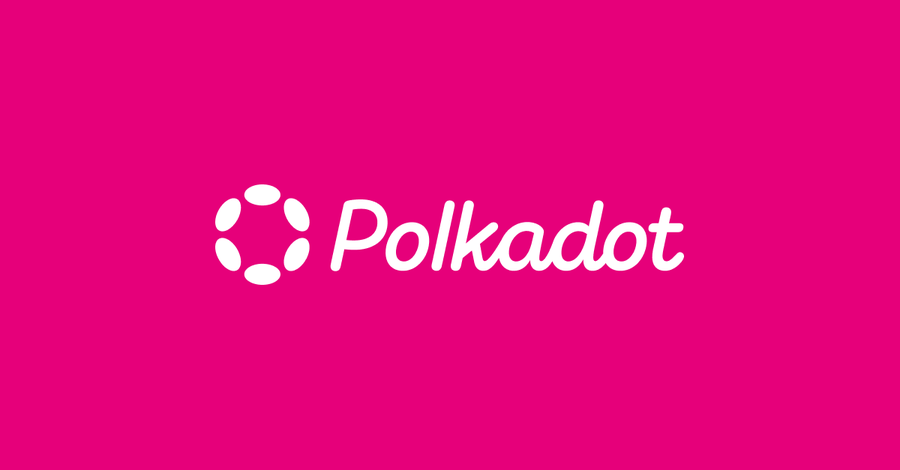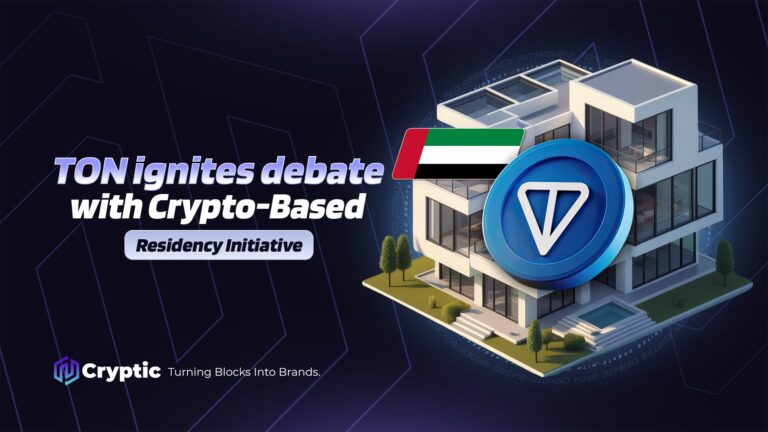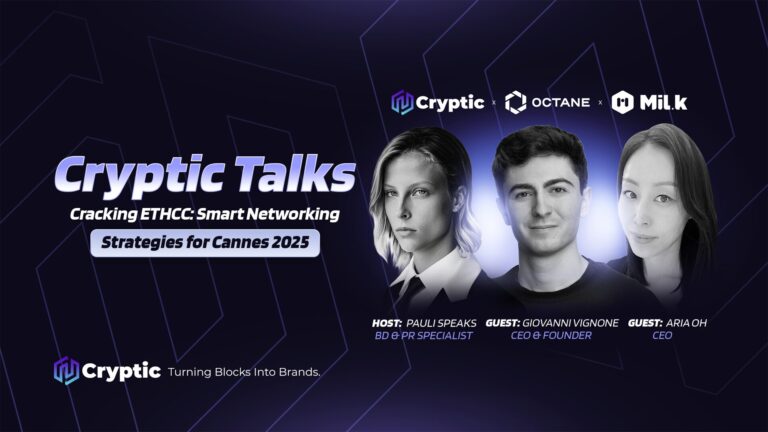Crowdloans have emerged as a groundbreaking mechanism for community-driven financing within the Polkadot ecosystem. Much like a Kickstarter campaign built directly on the blockchain, they allow supporters to actively participate in launching new projects by temporarily locking their DOT tokens in exchange for future rewards. This innovative approach has empowered communities to become the driving force behind the growth of Polkadot’s multi-chain network. However, as the ecosystem has matured, a new model known as the core time sale has begun to take shape, reflecting a shift toward greater flexibility and accessibility. In a recent conversation with Diego Sanchez, a Polkadot expert deeply involved in the network’s development, we explored the evolution of these mechanisms to better understand what is changing, and why it matters for the future of decentralized networks.

The era of crowdloans
The era of crowdloans marked a significant innovation within the Polkadot ecosystem, functioning as a reverse auction system where projects competed for community support by temporarily locking DOT tokens. Diego Sanchez, a key member of Polkadot’s technical team, highlights that this model transformed funding into a collaborative experience where participants not only invest but actively contribute to the network’s development. Creative incentives such as memes, NFTs, and gamification played a crucial role in engaging supporters and strengthening project identity.
Sanchez also emphasizes the security of the mechanism: DOT tokens remain locked within the protocol and are automatically returned at the end of the lease period, with no control granted to the projects. For winning projects, securing a slot on Polkadot goes beyond funding; it grants access to shared network security, community visibility, and integration into an interoperable ecosystem. This combination establishes an important milestone for credibility and sustainable growth within the network.
Challenges of growth
As the Polkadot ecosystem grew, the original crowdloan mechanism began revealing several challenges. High barriers to entry such as substantial financial costs, technical maturity requirements, and demanding marketing efforts made it difficult for newer projects to compete. This environment tended to favor well-resourced teams, limiting opportunities for diverse and innovative participation.
The complexity of the reverse auction system added to these difficulties. Its intricate rules and strategic demands often intimidated newcomers, contributing to the perception that Polkadot was a complicated platform to access. Additionally, the process of locking DOT tokens without guaranteed capital introduced uncertainty for both developers and supporters.
Furthermore, crowdloans essentially acted as a pre-fundraise, requiring significant upfront investment without assurance of success or capital return. This risk pushed the community to rethink the funding model, leading to the search for more flexible and inclusive alternatives aimed at lowering barriers and broadening participation across the network.
The core time sale revolution: greater flexibility and accessibility
The core time sale represents a significant evolution in how Polkadot allocates its network resources, moving away from the rigid, long-term slot leasing system to a more dynamic and flexible model. Instead of projects locking up DOT tokens for fixed two-year periods through crowdloans, they can now purchase access to individual cores of the Polkadot network on a monthly basis. This modular approach allows projects to scale their usage according to actual demand, avoiding unnecessary costs for unused capacity and making it financially feasible for smaller or newer projects to participate in the ecosystem.
An important innovation of the core time sale is the introduction of a secondary market for core time, where projects can resell unused cores to others who might need additional capacity. This creates a fluid, efficient market for network resources, promoting collaboration and shared usage among projects. Moreover, it allows multiple smaller projects to pool their resources and collectively rent core time, further lowering the entry barriers and fostering an inclusive ecosystem where diverse initiatives can thrive.
As Diego highlighted, this new model embodies Polkadot’s core philosophy of resilience and permissionless participation. While maintaining the network’s robust security and shared infrastructure, the core time sale introduces greater accessibility and operational flexibility. It not only reduces upfront capital demands but also encourages a more efficient allocation of resources across the ecosystem. This shift marks a key step toward realizing Polkadot’s vision of a modular, interoperable multi-chain internet where projects can grow and innovate without being hindered by rigid technical or financial constraints.
Polkadot’s evolution
Polkadot’s transition to the core time sale model reflects its adaptability and responsiveness to the community’s needs. By embracing feedback and addressing previous limitations, Polkadot shows it is committed to evolving without losing sight of what makes it unique. This flexibility is essential for a Web3 protocol operating in a fast-paced, ever-changing environment.
Despite these changes, Polkadot remains true to its core principles: resilience, permissionless access, and interoperability. The new model enhances usability and inclusivity while maintaining the security and openness that define the network. This evolution demonstrates how progress in Web3 can balance innovation with the preservation of foundational values.
A new chapter begins
This transition represents more than just a technical update, it marks a fundamental shift in how blockchain networks grow and adapt. Polkadot 2.0 opens the door to a more flexible, inclusive, and efficient ecosystem that invites everyone to participate and innovate.
For those discovering Polkadot today, the journey is just beginning. The next chapter in Web3 is unfolding, full of new possibilities to explore and build together.
Disclaimer: This article is based on an interview and reflects the personal views and opinions of the featured speaker. It is intended for informational purposes only and should not be considered financial, investment, or legal advice. Readers are encouraged to conduct their own research and consult with qualified professionals before making any financial decisions.



